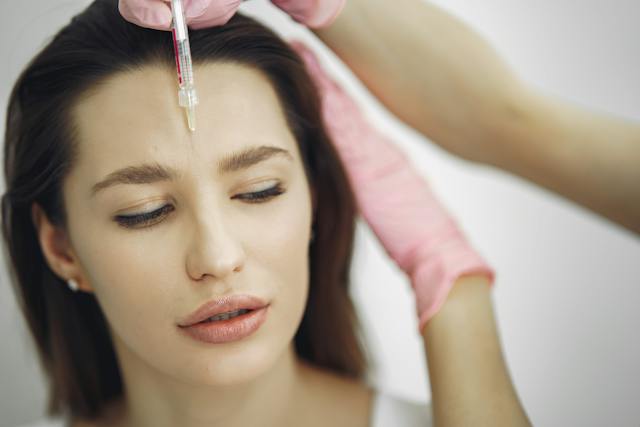In the ever-evolving world of beauty and aesthetics, one name has stood the test of time and continues to dominate conversations – Botox. Originally introduced for its wrinkle-reducing properties, Botox has become a household name synonymous with age-defying beauty. However, there’s more to this wonder treatment than meets the eye. In this guest post, we’ll explore the multifaceted world of Botox and shed light on its various applications beyond simply smoothing out fine lines and wrinkles.
The Basics of Botox
Botox, short for Botulinum Toxin, is a neurotoxic protein produced by the bacterium Clostridium botulinum. While it might sound intimidating, Botox has been used for medical and cosmetic purposes for decades. In aesthetic medicine, Botox is renowned for its ability to temporarily paralyze muscles, preventing them from contracting and forming wrinkles. This is particularly effective for treating dynamic wrinkles – those caused by repeated facial expressions such as smiling or frowning.
Beyond Wrinkle Erasure: Medical Applications
Contrary to popular belief, Botox’s utility extends far beyond the cosmetic realm. In the medical field, it has proven to be a game-changer for various conditions. One of the most notable applications is in the treatment of chronic migraines. Botox injections have been approved by health authorities for migraine prevention, offering relief to those who suffer from debilitating headaches.
Moreover, Botox has found its place in managing excessive sweating, or hyperhidrosis. By blocking the signals that stimulate sweat glands, Botox injections can provide relief to individuals experiencing excessive sweating in areas like the underarms, palms, or soles of the feet.
Functional and Aesthetic Harmony
As we delve deeper into the world of Botox, it’s crucial to appreciate its dual role in achieving both functional and aesthetic harmony. For instance, individuals with temporomandibular joint disorder (TMJ) – a condition causing jaw pain and discomfort – can benefit from Botox injections. By relaxing the jaw muscles, Botox not only alleviates pain but also contributes to a more symmetrical and aesthetically pleasing facial profile.
Additionally, Botox is increasingly being used to address gummy smiles, a condition where excessive gum tissue is exposed when smiling. By strategically injecting Botox into the upper lip, healthcare providers can create a balanced and natural-looking smile.
The Art of Preventative Botox
Traditionally, Botox has been associated with reversing the signs of aging. However, a rising trend in the beauty industry is the use of preventative Botox. More individuals in their 20s and 30s are turning to Botox as a proactive measure to slow down the formation of wrinkles. By starting treatments early, some argue that it’s possible to maintain smoother, more youthful skin for longer, postponing the need for more extensive interventions later in life.
The Importance of Skilled Practitioners
While Austin Botox has undoubtedly become a staple in the world of aesthetics, its efficacy and safety depend significantly on the skill of the practitioner. A qualified and experienced healthcare professional can tailor Botox treatments to meet individual needs, ensuring natural-looking results and minimizing potential side effects.
Conclusion
In conclusion, Botox has transcended its initial reputation as a wrinkle eraser to become a versatile tool in the realms of both cosmetic and medical applications. From migraine relief to jaw pain management and even preventative measures, Botox continues to redefine the boundaries of aesthetic medicine. As with any cosmetic procedure, it’s essential to seek the guidance of a skilled and reputable practitioner to unlock the full potential of this remarkable treatment. So, whether you’re considering Botox for aesthetic enhancements or therapeutic purposes, embrace the possibilities beyond the surface – because with Botox, beauty is more than skin deep.




Comments are closed.